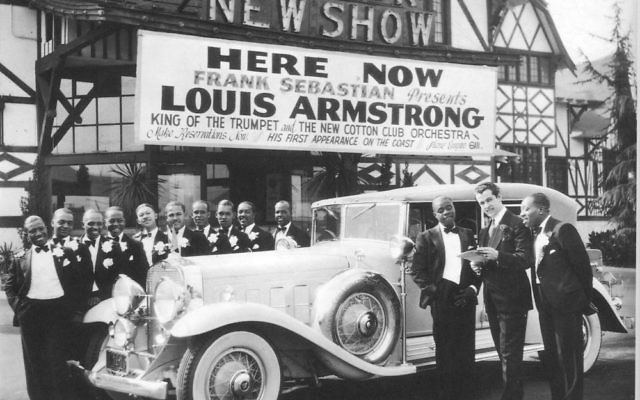AJFF: ‘Body and Soul’ Bridges Cultures

By Terry Segal / tsegal@atljewishtimes.com
Jazz music is not my jam, but the film “Body and Soul: An American Bridge,” directed by Robert Philipson, captured my heart. It depicts the soulful connection of musicians to a particular bridge of music and illuminates how music itself is a bridge to unity among people.
The film highlights the cross-cultural bonds of the Jewish and black communities, specifically in relation to the song “Body and Soul.” Through interviews with music historians and clips of well-known musicians performing the song, this winner of the award for the best music documentary at the San Francisco Black Film Festival offers us a glimpse of the raw suffering, sexuality and separation that reference the differences and similarities of the Jewish and black experiences.
“Body and Soul” was written in 1930 by Jewish conductor and composer Johnny Green, with lyrics by Edward Heyman, Robert Sour and Frank Eyton.
It couldn’t get published in America, so it was first recorded by British singer Gertrude Lawrence. It was then performed on Broadway by Jewish torch singer Libby Holman. A torch song is the kind that cracks your heart in half as the singer laments about lost or unrequited love.
In the hands of Louis Armstrong, “Body and Soul” became an iconic jazz song. He introduced syncopation, scat and a sense of freedom in his vocals. Black musicians relied on Jewish managers to promote their talents, and a symbiotic tie formed.
There have been over 3,000 recordings of “Body and Soul,” including such greats as Frank Sinatra, Nat “King” Cole, Billie Holiday and Sarah Vaughan. It was the last song Amy Winehouse recorded before her death.
Music integrated the Jewish and black communities even before the U.S. Army or baseball. This film pays homage to integrated musical teams such as Benny Goodman and Teddy Wilson, who took what was a cultural meeting and elevated it to a soul-entwined bond that knew no color or bounds. Polarities were evident but complemented each other.
The film is lively and will likely connect you to some aspect of jazz music, even if you’ve never been a fan. If you’re from the era of Benny Goodman, Al Jolson and Louie Armstrong, you’ll be even more enamored.



comments